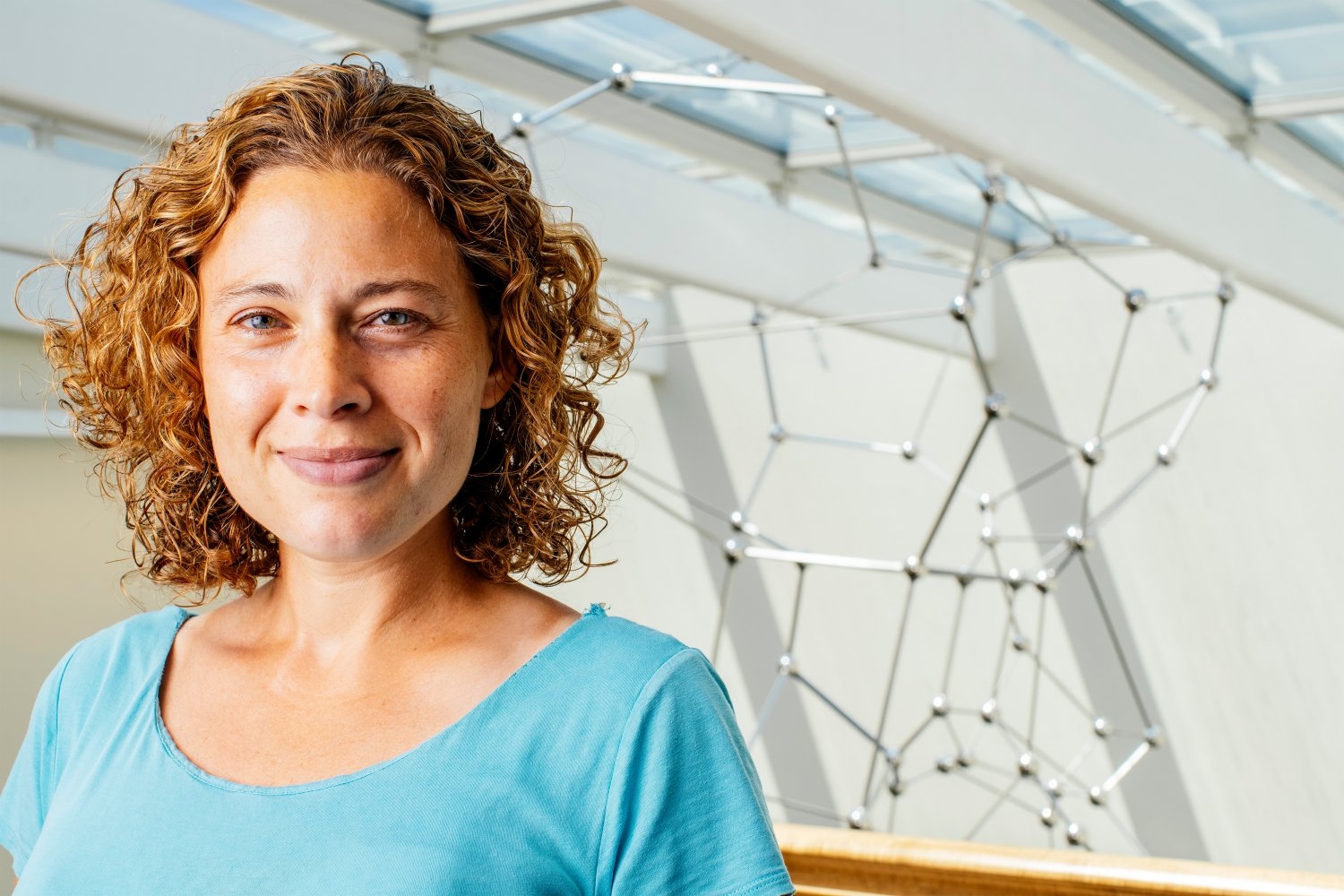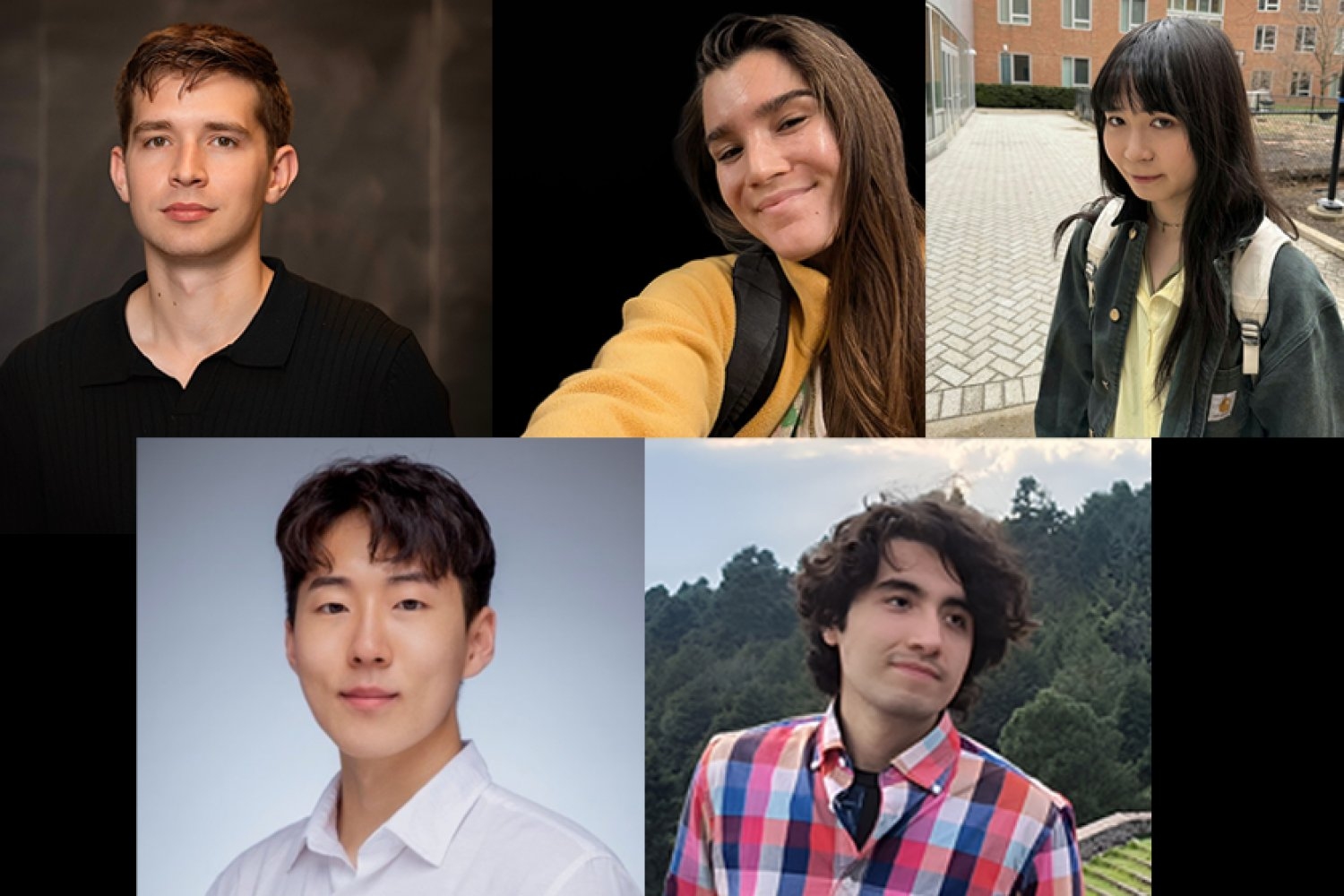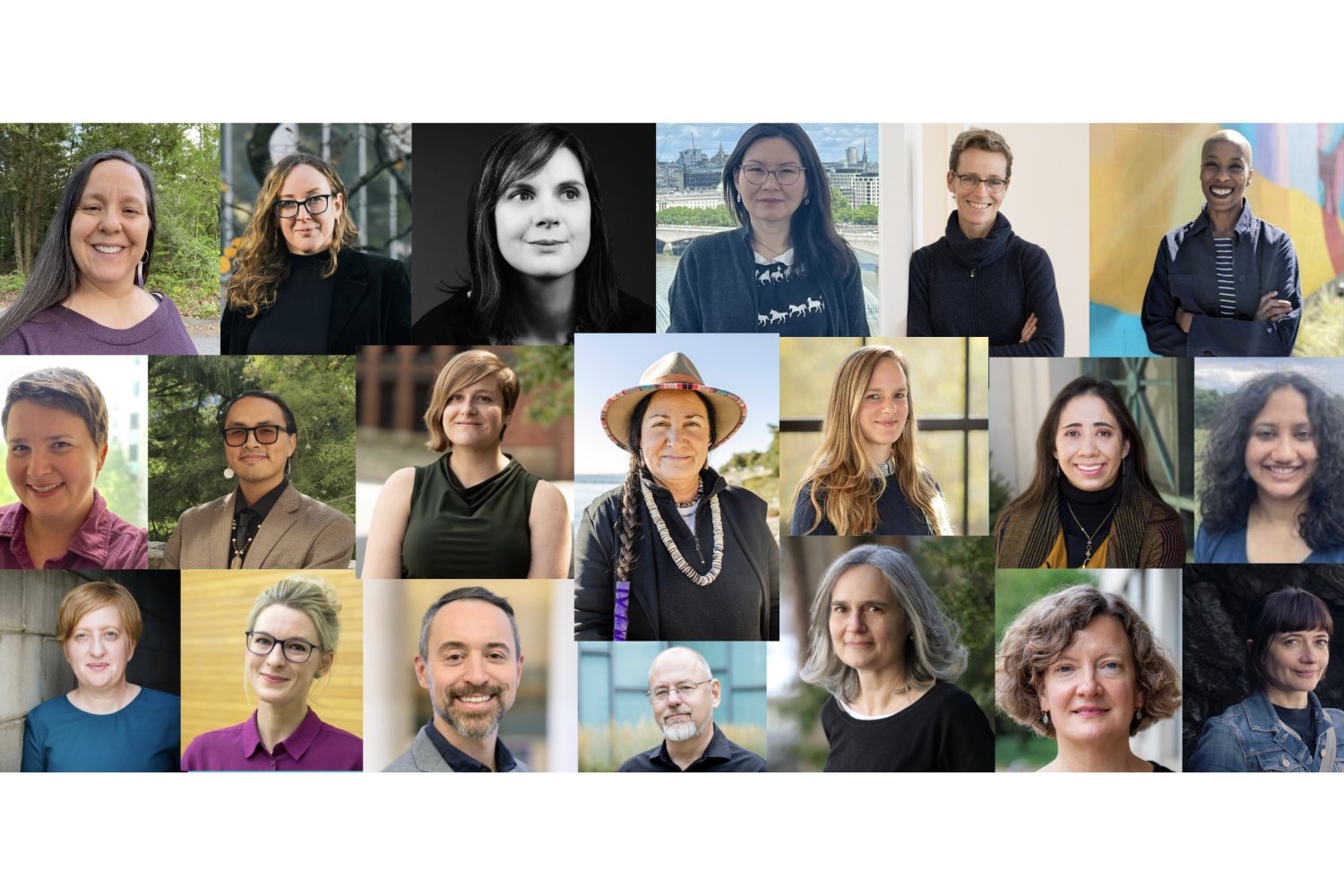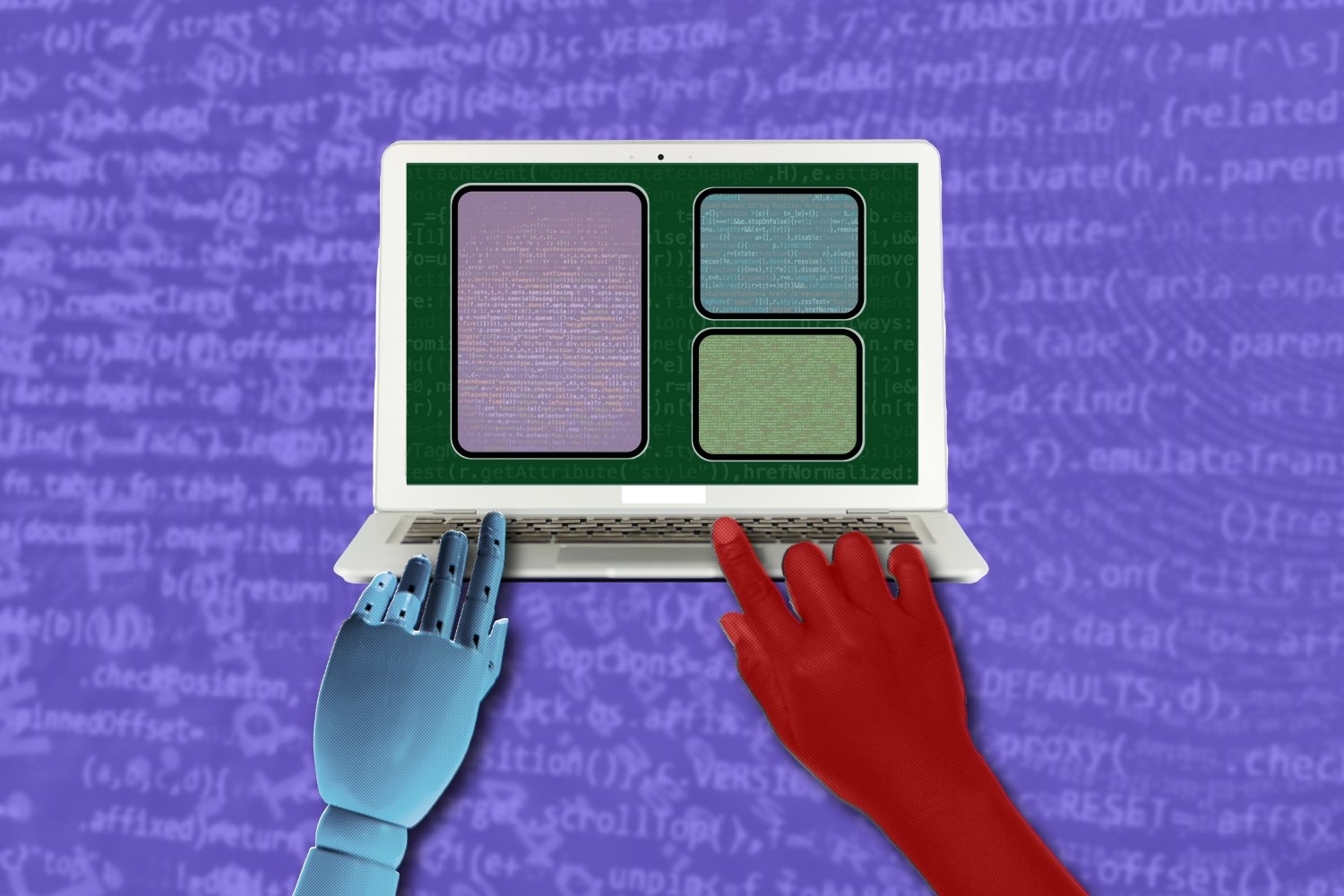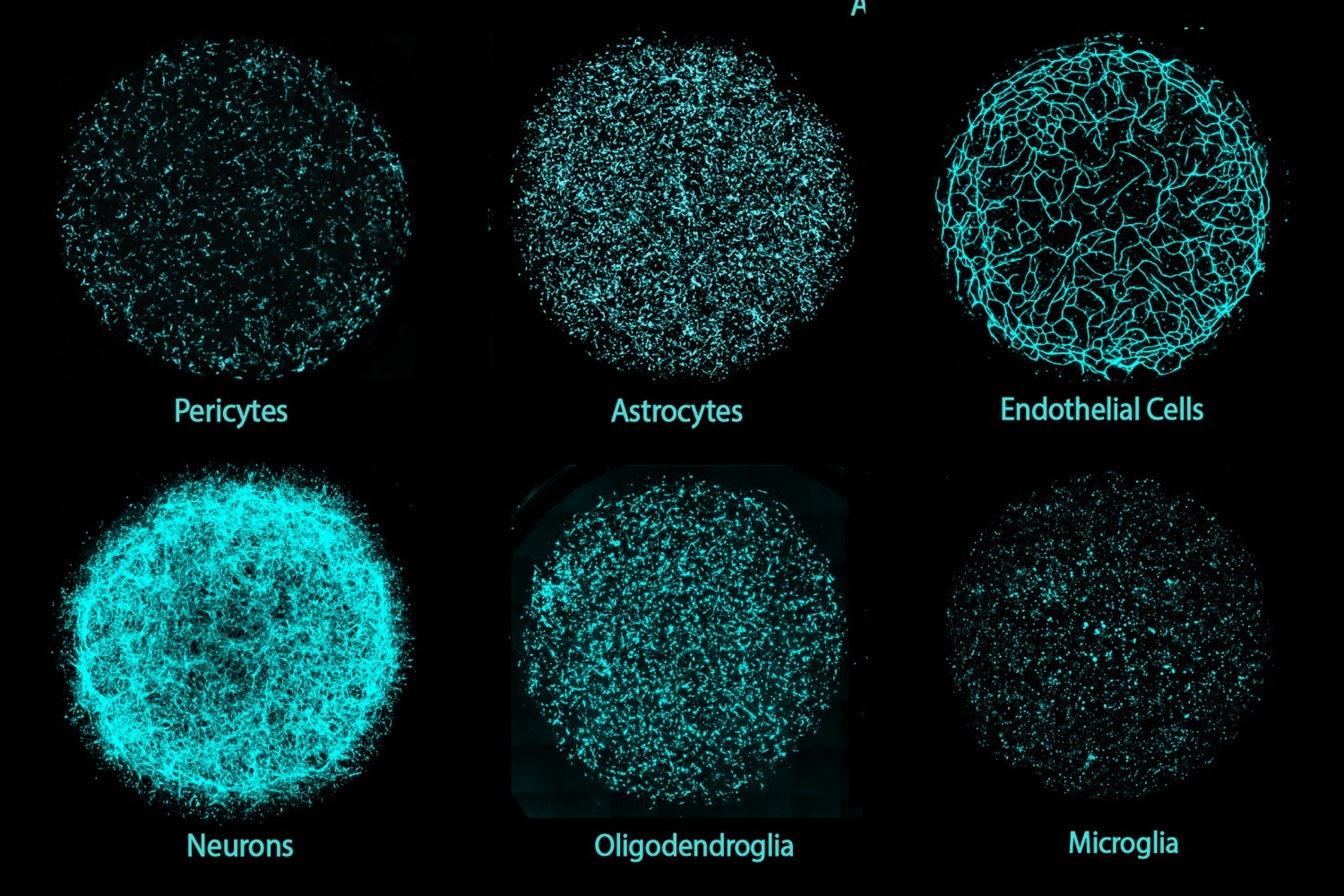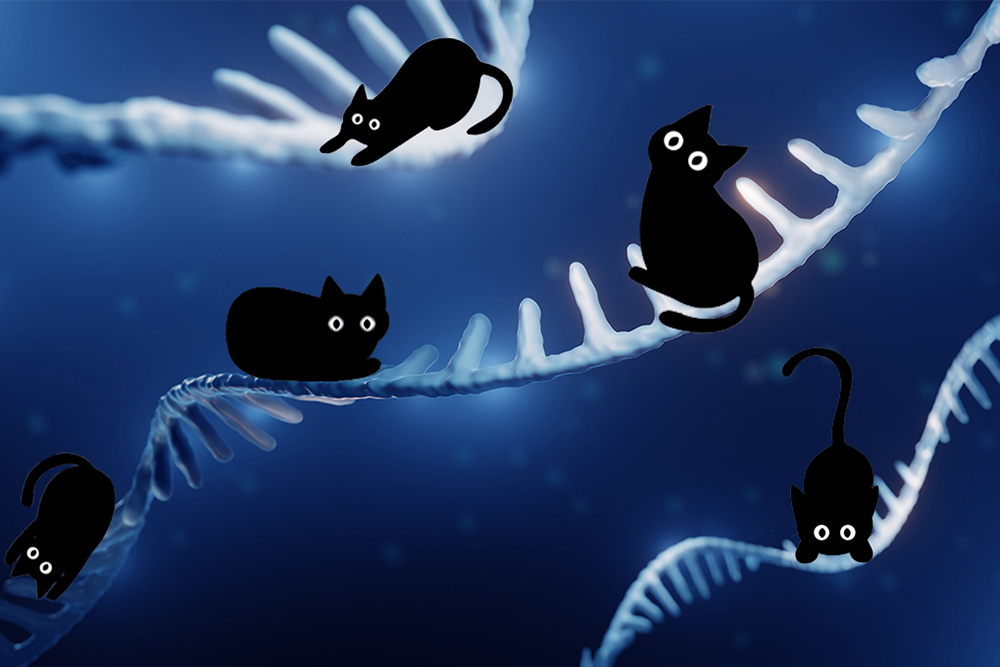Leading quantum at an inflection point
Danna Freedman is seeking the early adopters.
She is the faculty director of the nascent MIT Quantum Initiative, or QMIT. In this new role, Freedman is giving shape to an ambitious, Institute-wide effort to apply quantum breakthroughs to the most consequential challenges in science, technology, industry, and national security.
The interdisciplinary endeavor, the newest of MIT President Sally Kornbluth’s strategic initiatives, will bring together MIT researchers and domain experts from a range of industries to identify and tackle practical challenges wherever quantum solutions could achieve the greatest impact.
“We’ve already seen how the breadth of progress in quantum has created opportunities to rethink the future of security and encryption, imagine new modes of navigation, and even measure gravitational waves more precisely to observe the cosmos in an entirely new way,” says Freedman, the Frederick George Keyes Professor of Chemistry. “What can we do next? We’re investing in the promise of quantum, and where the legacy will be in 20 years.”
QMIT — the name is a nod to the “qubit,” the basic unit of quantum information — will formally launch on Dec. 8 with an all-day event on campus. Over time, the initiative plans to establish a physical home in the heart of campus for academic, public, and corporate engagement with state-of-the-art integrated quantum systems. Beyond MIT’s campus, QMIT will also work closely with the U.S. government and MIT Lincoln Laboratory, applying the lab’s capabilities in quantum hardware development, systems engineering, and rapid prototyping to national security priorities.
“The MIT Quantum Initiative seizes a timely opportunity in service to the nation’s scientific, economic, and technological competitiveness,” says Ian A. Waitz, MIT’s vice president for research. “With quantum capabilities approaching an inflection point, QMIT will engage students and researchers across all our schools and the college, as well as companies around the world, in thinking about what a step change in sensing and computational power will mean for a wide range of fields. Incredible opportunities exist in health and life sciences, fundamental physics research, cybersecurity, materials science, sensing the world around us, and more.”
Identifying the right questions
Quantum phenomena are as foundational to our world as light or gravity. At an extremely small scale, the interactions of atoms and subatomic particles are controlled by a different set of rules than the physical laws of the macro-sized world. These rules are called quantum mechanics.
“Quantum, in a sense, is what underlies everything,” says Freedman.
By leveraging quantum properties, quantum devices can process information at incredible speed to solve complex problems that aren’t feasible on classical supercomputers, and to enable ultraprecise sensing and measurement. Those improvements in speed and precision will become most powerful when optimized in relation to specific use cases, and as part of a complete quantum system. QMIT will focus on collaboration across domains to co-develop quantum tools, such as computers, sensors, networks, simulations, and algorithms, alongside the intended users of these systems.
As it develops, QMIT will be organized into programmatic pillars led by top researchers in quantum including Paola Cappellaro, Ford Professor of Engineering and professor of nuclear science and engineering and of physics; Isaac Chuang, Julius A. Stratton Professor in Electrical Engineering and Physics; Pablo Jarillo-Herrero, Cecil and Ida Green Professor of Physics; William Oliver, Henry Ellis Warren (1894) Professor of Electrical Engineering and Computer Science and professor of physics; Vladan Vuletić, Lester Wolfe Professor of Physics; and Jonilyn Yoder, associate leader of the Quantum-Enabled Computation Group at MIT Lincoln Laboratory.
While supporting the core of quantum research in physics, engineering, mathematics, and computer science, QMIT promises to expand the community at its frontiers, into astronomy, biology, chemistry, materials science, and medicine.
“If you provide a foundation that somebody can integrate with, that accelerates progress a lot,” says Freedman. “Perhaps we want to figure out how a quantum simulator we’ve built can model photosynthesis, if that’s the right question — or maybe the right question is to study 10 failed catalysts to see why they failed.”
“We are going to figure out what real problems exist that we could approach with quantum tools, and work toward them in the next five years,” she adds. “We are going to change the forward momentum of quantum in a way that supports impact.”
The MIT Quantum Initiative will be administratively housed in the Research Laboratory of Electronics (RLE), with support from the Office of the Vice President for Research (VPR) and the Office of Innovation and Strategy.
QMIT is a natural expansion of MIT’s Center for Quantum Engineering (CQE), a research powerhouse that engages more than 80 principal investigators across the MIT campus and Lincoln Laboratory to accelerate the practical application of quantum technologies.
“CQE has cultivated a tremendously strong ecosystem of students and researchers, engaging with U.S. government sponsors and industry collaborators, including through the popular Quantum Annual Research Conference (QuARC) and professional development classes,” says Marc Baldo, the Dugald C. Jackson Professor in Electrical Engineering and director of RLE.
“With the backing of former vice president for research Maria Zuber, former Lincoln Lab director Eric Evans, and Marc Baldo, we launched CQE and its industry membership group in 2019 to help bridge MIT’s research efforts in quantum science and engineering,” says Oliver, CQE’s director, who also spent 20 years at Lincoln Laboratory, most recently as a Laboratory Fellow. “We have an important opportunity now to deepen our commitment to quantum research and education, and especially in engaging students from across the Institute in thinking about how to leverage quantum science and engineering to solve hard problems.”
Two years ago, Peter Fisher, the Thomas A. Frank (1977) Professor of Physics, in his role as associate vice president for research computing and data, assembled a faculty group led by Cappellaro and involving Baldo, Oliver, Freedman, and others, to begin to build an initiative that would span the entire Institute. Now, capitalizing on CQE’s success, Oliver will lead the new MIT Quantum Initiative’s quantum computing pillar, which will broaden the work of CQE into a larger effort that focuses on quantum computing, industry engagement, and connecting with end users.
The “MIT-hard” problem
QMIT will build upon the Institute’s historic leadership in quantum science and engineering. In the spring of 1981, MIT hosted the first Physics of Computation Conference at the Endicott House, bringing together nearly 50 physics and computing researchers to consider the practical promise of quantum — an intellectual moment that is now widely regarded as the kickoff of the second quantum revolution. (The first was the fundamental articulation of quantum mechanics 100 years ago.)
Today, research in quantum science and engineering produces a steady stream of “firsts” in the lab and a growing number of startup companies.
In collaboration with partners in industry and government, MIT researchers develop advances in areas like quantum sensing, which involves the use of atomic-scale systems to measure certain properties, like distance and acceleration, with extreme precision. Quantum sensing could be used in applications like brain imaging devices that capture more detail, or air traffic control systems with greater positional accuracy.
Another key area of research is quantum simulation, which uses the power of quantum computers to accurately emulate complex systems. This could fuel the discovery of new materials for energy-efficient electronics or streamline the identification of promising molecules for drug development.
“Historically, when we think about the most well-articulated challenges that quantum will solve,” Freedman says, “the best ones have come from inside of MIT. We’re open to technological solutions to problems, and nontraditional approaches to science. In many respects, we are the early adopters.”
But she also draws a sharp distinction between blue-sky thinking about what quantum might do, and the deeply technical, deeply collaborative work of actually drawing the roadmap. “That’s the ‘MIT-hard’ problem,” she says.
The QMIT launch event on Dec. 8 will feature talks and discussions featuring MIT faculty, including Nobel laureates and industry leaders.
Latest Campus News
- MIT Energy Initiative launches Data Center Power ForumMIT faculty and MITEI member company experts address power demand from data centers.
- Charting the future of AI, from safer answers to faster thinkingMIT PhD students who interned with the MIT-IBM Watson AI Lab Summer Program are pushing AI tools to be more flexible, efficient, and grounded in truth.
- Where climate meets communityMIT’s Living Climate Futures Lab takes a human-centered approach to investigating a global challenge.
- MIT researchers propose a new model for legible, modular softwareThe coding framework uses modular concepts and simple synchronization rules to make software clearer, safer, and easier for LLMs to generate.
- MIT researchers invent new human brain model to enable disease research, drug discoveryCultured from induced pluripotent stem cells, “miBrains” integrate all major brain cell types and model brain structures, cellular interactions, activity, and pathological features.
- A new way to understand and predict gene splicingThe KATMAP model, developed by researchers in the Department of Biology, can predict alternative cell splicing, which allows cells to create endless diversity from the same sets of genetic blueprints.



